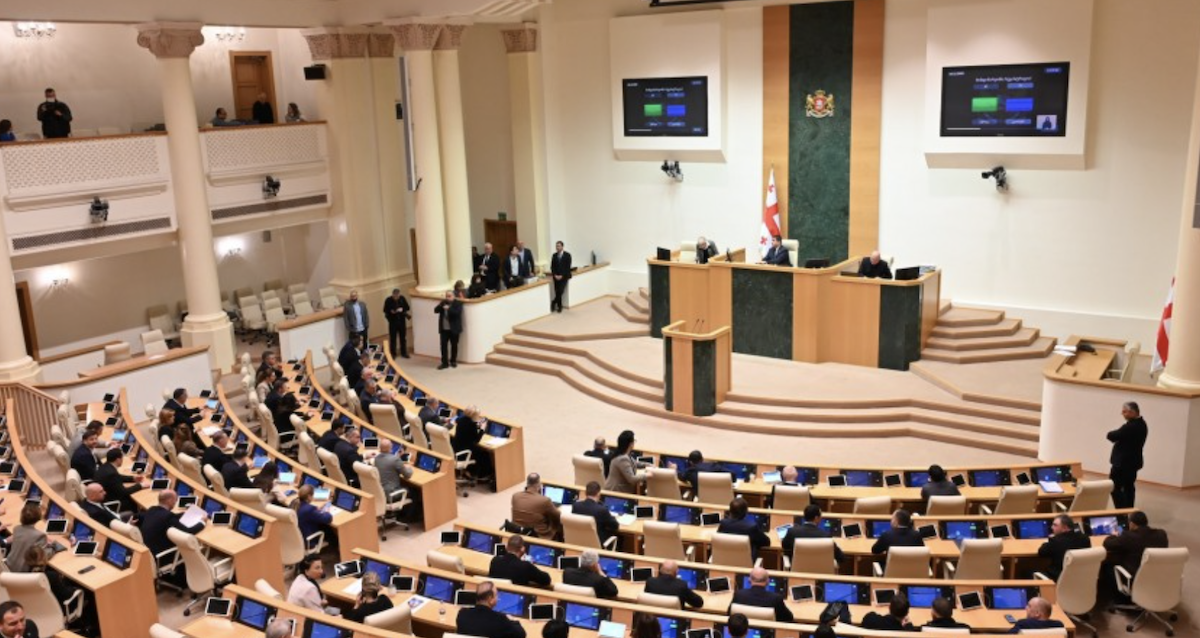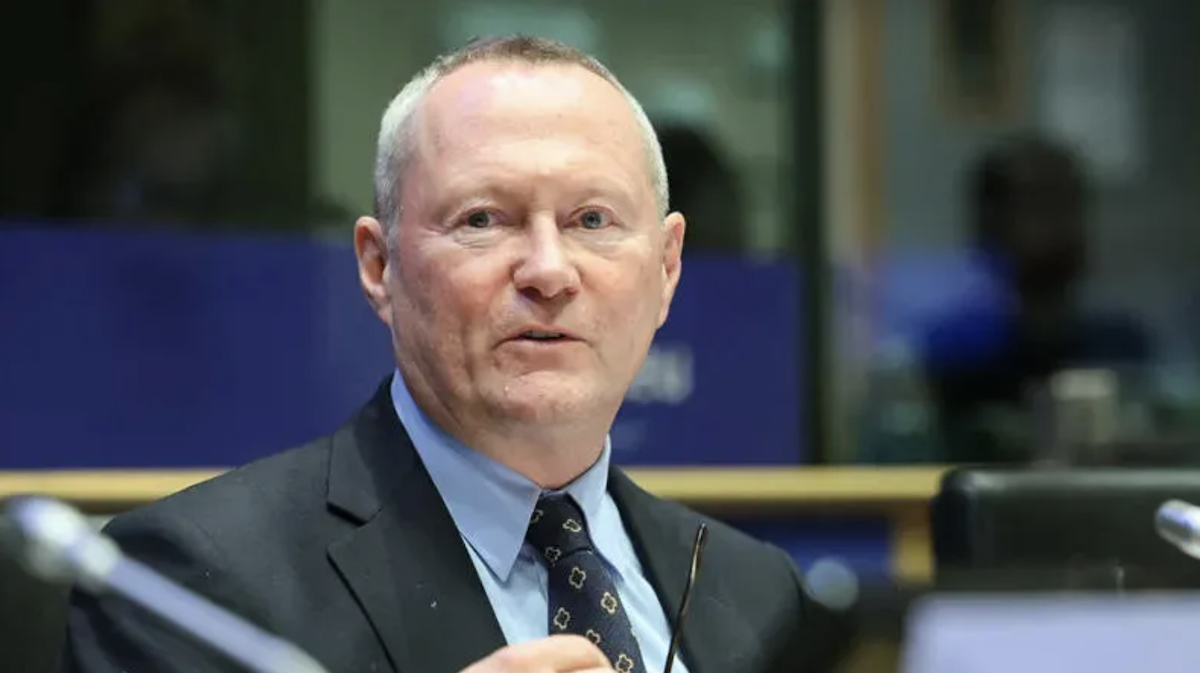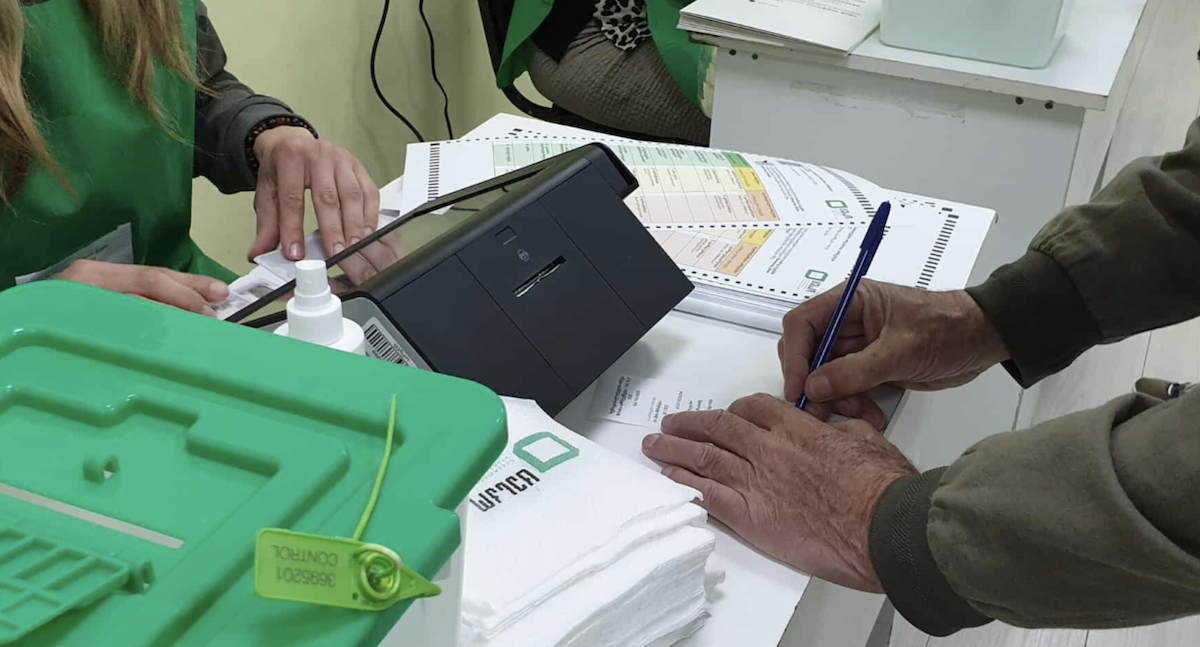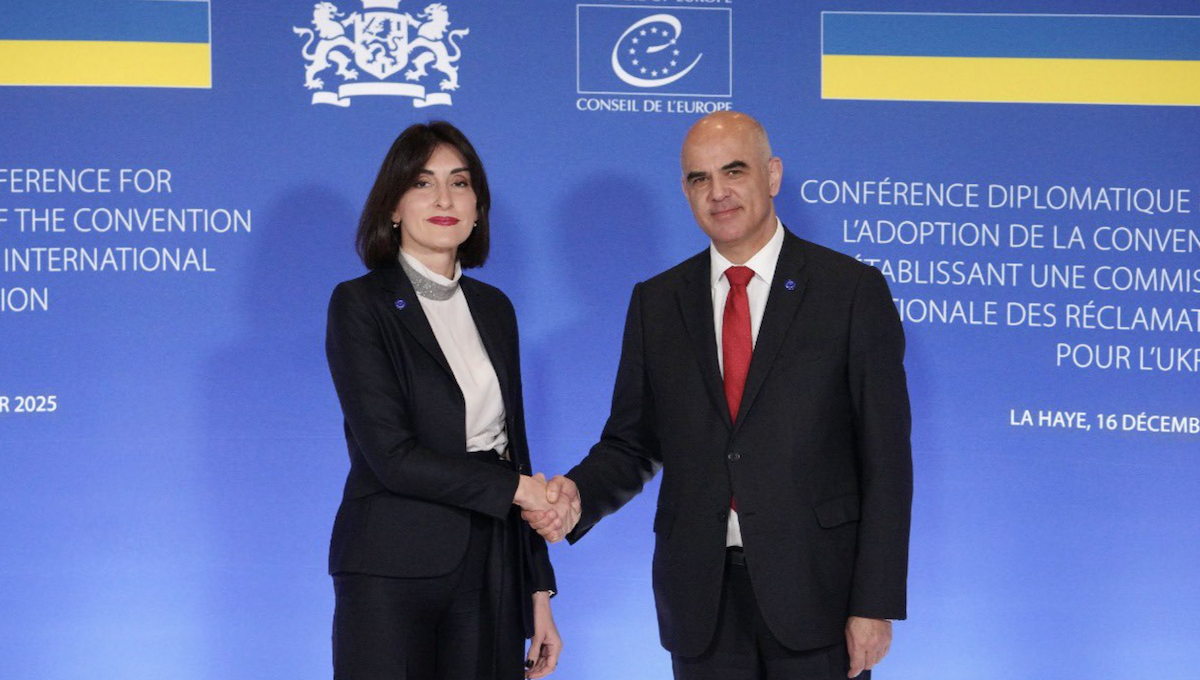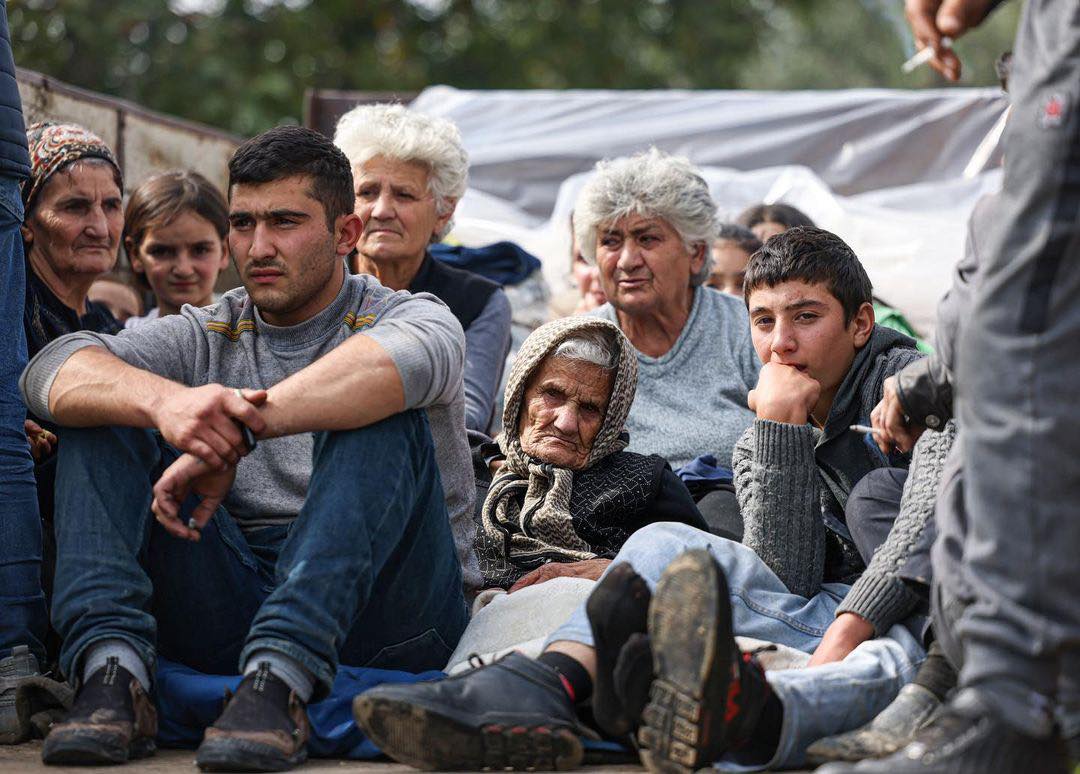Op-ed: On the Nakhchivan incident and possible new Karabakh negotiation format
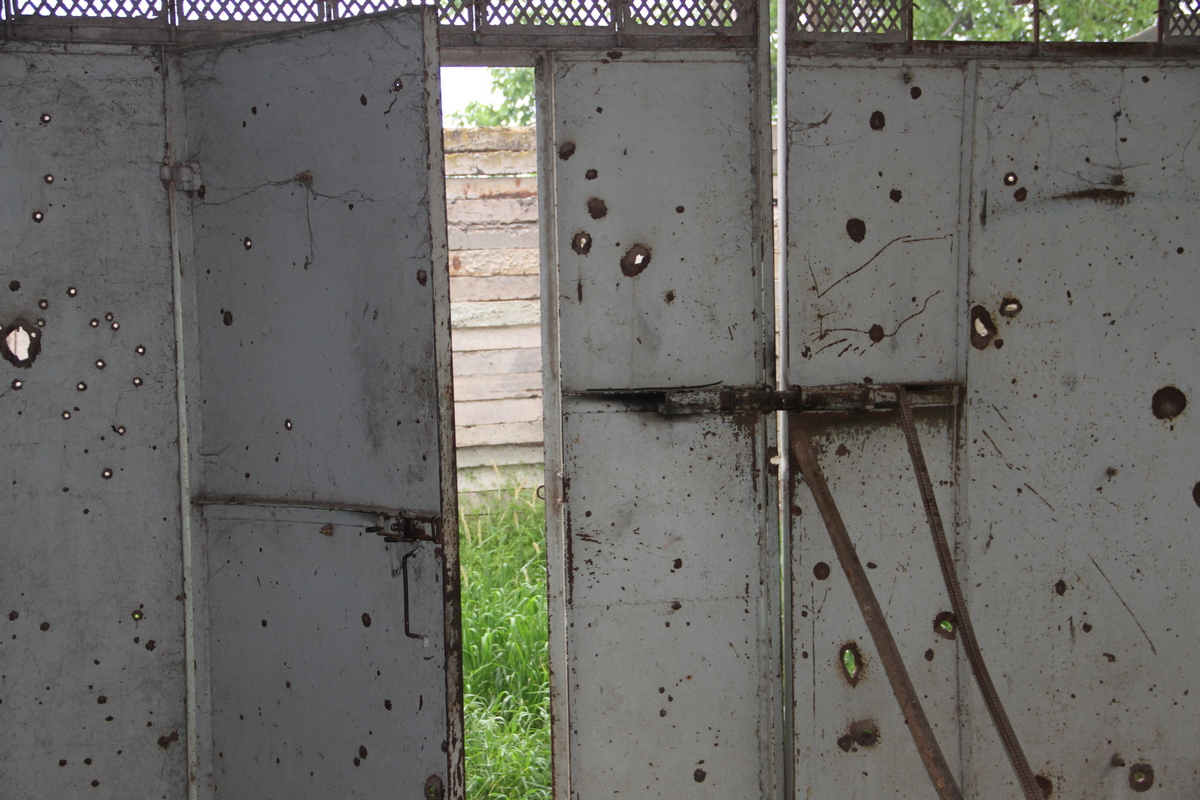
I
n early June several Azerbaijani media outlets published articles which stated that the Nakhchivan Corps of the Azerbaijani Army had reclaimed 11 000 hectares of land on the border between itself and the Republic of Armenia.
Interestingly, the agency where the primary source of the information came from was created at the beginning of April 2018, two months before the news was made public.
The report was neither confirmed nor denied by Azerbaijan’s Ministry of Defence.
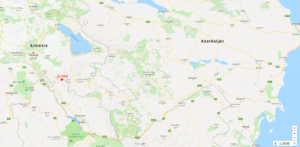
The Nakchivan Autonomous Republic is an Azerbaijani exclave. It is separate from the rest of the territory of Azerbaijan, cut off by a small piece of land which belongs to Armenia.
What happened in Nakhchivan?
Here is a chronology of events:
- 16 May – Ilham Aliyev visited the Nakhchivan Autonomous Republic. He stated that Azerbaijan’s army in Nakchivan possessed missiles which could easily reach Yerevan.
- 17 May – Armenia’s new Ministers of Defence and Foreign Affairs visit the Nakchivan-Armenian border to inspect military positions.
- 20 May – Azerbaijan’s Ministry of Defence reported the death of infantryman Adil Tatarov who died ‘while carrying out an official assignment on the border of [Nakhchivan] and Armenia’. The Armenian side stated that the corresponding Azerbaijani military unit had advanced towards the border.
- 24 May – Azerbaijani state-run news agency Azertac reported that ‘engineering work had begun’ on the border between Nakhchivan and Armenia.
- 6 June – News broke out that 11 000 hectares of territory had been taken control of near Günnüt settlement in the Sharur region of Nakchivan.
- 7 June – An article appears on the Azerbaijan language version of Wikipedia entitled ‘The Günnüt operation‘ which displays a map of ‘liberated territories’.
Artsrun Hovhannisyan, the Press Secretary of the Ministry of Defence of Armenia said that the Azerbaijani side requested permission to visit cemeteries in Günnüt village and that they didn’t object to the request. Armenian journalists expressed doubts as to the validity of his report.
In short, what actually happened on the border that day can only be guessed at.
How will the incident and the new government in Armenia affect the Karabakh negotiation process?
The Madrid Principles, which have guided the negotiation process concerning the peaceful resolution of the Karabakh conflict for more than 10 years, have become a drag to all parties involved. These principles work to maintain the status-quo, but are apparently not strong enough to make a real breakthrough.
A short description of the Madrid Principles:
- The return of the Nagorno-Karabakh territory to Azerbaijani control (formula 5+2: five regions immediately, and Kelbajar and Lachin later after the status of Nagorno-Karabakh is decided upon);
- The provision of temporary status to Nagorno-Karabakh, guaranteeing its security and autonomy;
- The opening of a corridor between Armenia and Nagorno-Karabakh (the Lachin corridor);
- Defining the future and final status of Nagorno-Karabakh on the grounds of the expression of a ‘legally binding will’, that is to say, a referendum;
- The right of all IDPs and refugees to return to their former place of residency;
- International guarantees of security, including an operation to support peace (the main contentious question being the composition of peace-keeping forces).
The status quo doesn’t work for either Azerbaijan or for Armenia
It’s obvious why the status quo doesn’t work for Azerbaijan. About 14 per cent of the country’s territory is controlled by a neighbouring state. There is an enormous amount of refugees.
But why does it not work for Armenia? It would seem as if all is in order: “We’ve liberated Artsakh, created a security corridor and now, guys, let’s live in peace.”
But there is this idea on ‘the price of the conflict’. The Karabakh conflict is expensive for Armenia – very expensive, both in the material sense and when it comes to people. Millions are spent on maintaining troops in the Fizuli region, and young recruits die almost every week. What’s it all for?
Armenia is not a rich country; unlike Azerbaijan, there is no oil or gas in the country. It is dependent both militarily and economically on Russia to a significant extent. For that reason, Armenia would find it hard if Russia put forward an offer and asked Armenia to go along with it.
But are the authorities of Armenia ready to sign a peace agreement even in the most mildest conditions such as to let go of at least one region outside of Nagorno-Karabakh? It would seem that even if the authorities are ready, society is not.
In Azerbaijan, there is a different situation. The authorities completely control the media. Even the liberation of a single hilltop is broadcast to the nation as a ‘great victory’, and the nation generally agrees.
It is possible that this is why the Azerbaijani media is making such a ruckus and creating euphoria over the establishment of control over a village which is hard to find even on a map.
But Armenian society will look at any idea of a compromise as betrayal.
For that reason, Armenia’s new leader Nikol Pashinyan offered to hand over the unpopular but unavoidable compromising decision to Nagorno-Karabakh itself, and suggested that representatives of Nagorno-Karabakh be given a seat at the negotiation table.
How did Baku react? As expected: the Foreign Ministry of Azerbaijan called Pashinyan’s new initiative ‘laughable’, saying that there is no way that there can even be talk of negotiations between Baku and Khankendi (Stepanakert).
What is preventing Baku from making its own moves?
Could it be the continuing official talks within the framework of the OSCE Minsk Group along with the leadership of Armenia? Maybe also establishing contacts with Karabakh Armenians in parallel?
Don’t be quick to hurl rotten tomatoes at me.
First off, the person that first put forward the basis for negotiations was no other than the ‘national’ and ‘great leader’ Heydar Aliyev.
After the order was given on 27 June 1993, the acting Minister of Defence of Azerbaijan (and the future minister) Safar Aliyev called the then-Minister of Defence of Nagorno-Karabakh Serzh Sargsyan (and the future president of Armenia) and tried to halt the Armenian advance on Agdam.
On 13 September 1993, Heydar Aliyev’s deputy in parliament, Afiyaddin Jalilov, met with the Minister of Foreign Affairs of the un-recognised Republic of Nagorno-Karabakh Arkadij Gukasyan (the future president).
On 21 September 1993, Heydar Aliyev himself met with the leader of the Karabakh Armenians, Robert Kocharyan, in Moscow and held long negotiations. After this, there was a 50-day ceasefire along all the borders. Aliyev held elections in a calm environment and became the third president of Azerbaijan.
And, last but not least, the signature of representatives of the self-proclaimed Republic of Nagorno-Karabakh is clearly seen on the Bishkek Protocols of 5 May 1993 and in the ceasefire agreement of 12 May.
***None of this lessened the sovereignty of Azerbaijan nor did it add legitimacy to the self-proclaimed Republic of Nagorno-Karabakh.
In my opinion, Karabakh Azerbaijanis could be used.
In the CSCE’s decision to call the Minsk Conference (Helsinki 1992) it is recorded that representatives of Azerbaijan, Armenia and ‘other elected’ representatives of Nagorno-Karabakh can participate in the negotiations.
The term ‘other’, in essence, leaves the door open for a lot of maneuvering. Azerbaijan has also ‘selected’ representatives from Nagorno-Karabakh, and these are MPs in parliament from the Khankendi and Khojali districts.
But other representatives of the Karabakh Azerbaijanis could be added as well – such as political scientists and diplomats. Let them hold negotiations with similar ‘other elected’ representatives of Karabakh Armenians. Meanwhile, the leaders of Azerbaijan and Armenia will guarantee and organize these discussions and negotiations.
Why should this opportunity not be used? Why should they not be allowed to give new life to the discussions?
Especially given that there’s nothing to lose.












